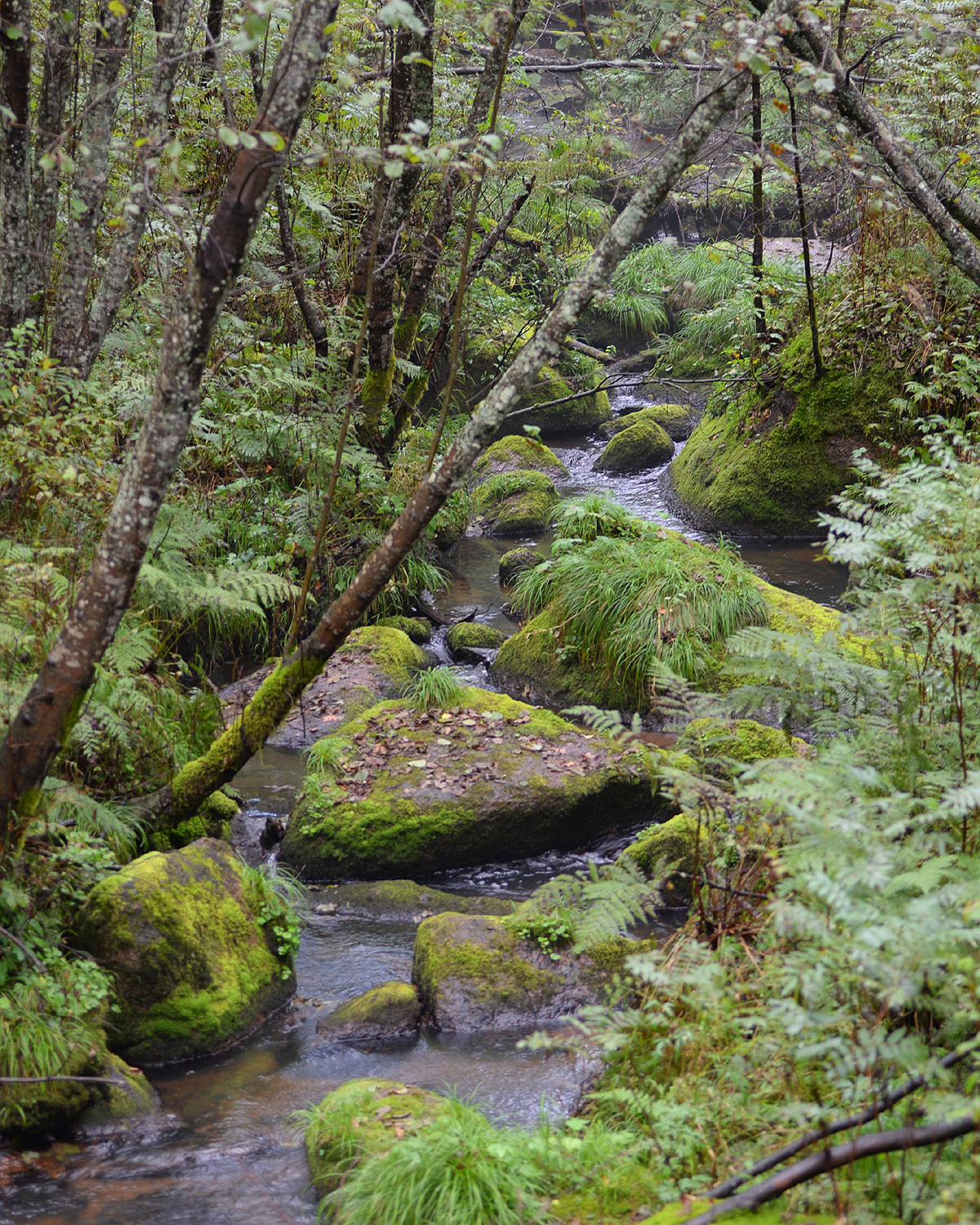Manchurian mixed forests on:
[Wikipedia]
[Google]
[Amazon]
 The Manchurian mixed forests
The Manchurian mixed forests
 The Manchurian mixed forests
The Manchurian mixed forests ecoregion
An ecoregion (ecological region) or ecozone (ecological zone) is an ecologically and geographically defined area that is smaller than a bioregion, which in turn is smaller than a biogeographic realm. Ecoregions cover relatively large areas of l ...
(WWF ID: PA0426) covers the forested hills surrounding the river plains of northern China, Russia, North Korea, and South Korea. The ecoregion supports a number of rare species due to the relative isolation, the diversity of habitat, with mixed forests of deciduous Mongolian oak and conifers of Korean pine. Because mountains rise above the region on three sides, with plains and wetlands below, the area supports high biodiversity as a transition zone.
Location and description
The ecoregion occupies the middle-elevation slopes of three surrounding mountain ranges: the eastern slopes of theGreater Khingan
The Greater Khingan Range or Da Hinggan Range (; IPA: ), is a -long volcanic mountain range in the Inner Mongolia region of Northeast China.
It was originally called the Xianbei Mountains, which later became the name of the northern branch of ...
Mountains, the southern slopes of the Lesser Khingan
Lesser Khingan (; russian: Малый Хинган, ''Maly Khingan'') is a mountain range in China's Heilongjiang province and the adjacent parts of Russia's Amur Oblast and Jewish Autonomous Oblast.
, and the western slopes of the Changbai Mountains
The Changbai Mountains (simplified Chinese:长白山; traditional Chinese:長白山) are a major mountain range in Northeast Asia that extends from the Northeast Chinese provinces of Heilongjiang, Jilin and Liaoning, across the border between ...
. The southern section of the ecoregion surrounds the higher Changbai Mountains mixed forests ecoregion, while the middle section encircles most of the lower-elevation Northeast China Plain deciduous forests ecoregion, and the northern half of the ecoregion surrounds the lower western sector of the Amur meadow steppe ecoregion.
Climate
The climate of the ecoregion is '' Humid continental climate, warm summer'' ( Köppen climate classification (Dwb)), with a dry winter. This climate is characterized by large seasonal temperature differentials and a warm summer (at least four months averaging over , but no month averaging over , and cold winters having monthly precipitation less than one-tenth of the wettest summer month. Precipitation varies by location, ranging from 500 to 1000 mm/year. Summer and Fall are the wet season.Flora
Because the ecoregion ranges from 37 to 53 degrees north latitude, its forests contain more conifers than the deciduous forests to the south. On the eastern side, the most common conifers areKorean pine
''Pinus koraiensis'' is a species of pine known commonly as the Korean pine. It is native to eastern Asia: Korea, northeastern China, Mongolia, the temperate rainforests of the Russian Far East, and central Japan. In the north of its range, it g ...
(''Pinus koraiensis''), Manchurian fir (''Abies holophylla''), and Siberian spruce (''Picea obovata''). Deciduous trees include Mongolian oak ('' Quercus mongolica''), Manchurian ash (''Fraxinus mandschurica
''Fraxinus mandshurica'', the Manchurian ash, is a species of ''Fraxinus'' native to northeastern Asia in northern China (Gansu, Hebei, Heilongjiang, Henan, Hubei, Jilin, Liaoning, Shaanxi, Shanxi), Korea, Japan and southeastern Russia (Sakhali ...
''), Amur linden ('' Tilia amurensis''), and Manchurian elm (''Ulmus laciniata
''Ulmus laciniata'' (Trautv.) Mayr, known variously as the Manchurian, cut-leaf, or lobed elm, is a deciduous tree native to the humid ravine forests of Japan, Korea, northern China, eastern Siberia and Sakhalin, growing alongside ''Cercidiphyllu ...
''). On the western side, common conifers include Scots pine (''Pinus sylvestris
''Pinus sylvestris'', the Scots pine (UK), Scotch pine (US) or Baltic pine, is a species of tree in the pine family Pinaceae that is native to Eurasia. It can readily be identified by its combination of fairly short, blue-green leaves and oran ...
'').
Protected areas
A 2017 assessment found that 57,139 km², or 11%, of the ecoregion is inprotected area
Protected areas or conservation areas are locations which receive protection because of their recognized natural, ecological or cultural values. There are several kinds of protected areas, which vary by level of protection depending on the ena ...
s. Little forest remains outside the protected areas. Supplemental material 2 table S1b. Protected areas include Heishan Scenic Area, Huazishan Scenic Area, Jiguan Mountain Scenic Area, Laozumu Peak Scenic Area, Menggu Mountain Scenic Area, Wanfo Mountain Scenic Area, Xiangmoshan Scenic Area, and Xinglong National Forest Park in China, Land of the Leopard National Park
Land of the Leopard National Park is a national park in Primorsky Krai in the Russian Far East, covering an area of west of Razdolnaya River. It was gazetted in April 2012. It was established to protect the Amur leopard which was at the time t ...
in Russia, and Seoraksan National Park
Seoraksan National Park ( ko, 설악산국립공원, 雪嶽山國立公園; RR: ') is a national park in South Korea. It is listed by the South Korean government with UNESCO as a tentative World Heritage site. The government designated the are ...
in South Korea.
See also
* List of ecoregions in ChinaReferences
{{reflist Palearctic ecoregions Ecoregions of China Ecoregions of North Korea Ecoregions of Russia Ecoregions of South Korea Temperate broadleaf and mixed forests